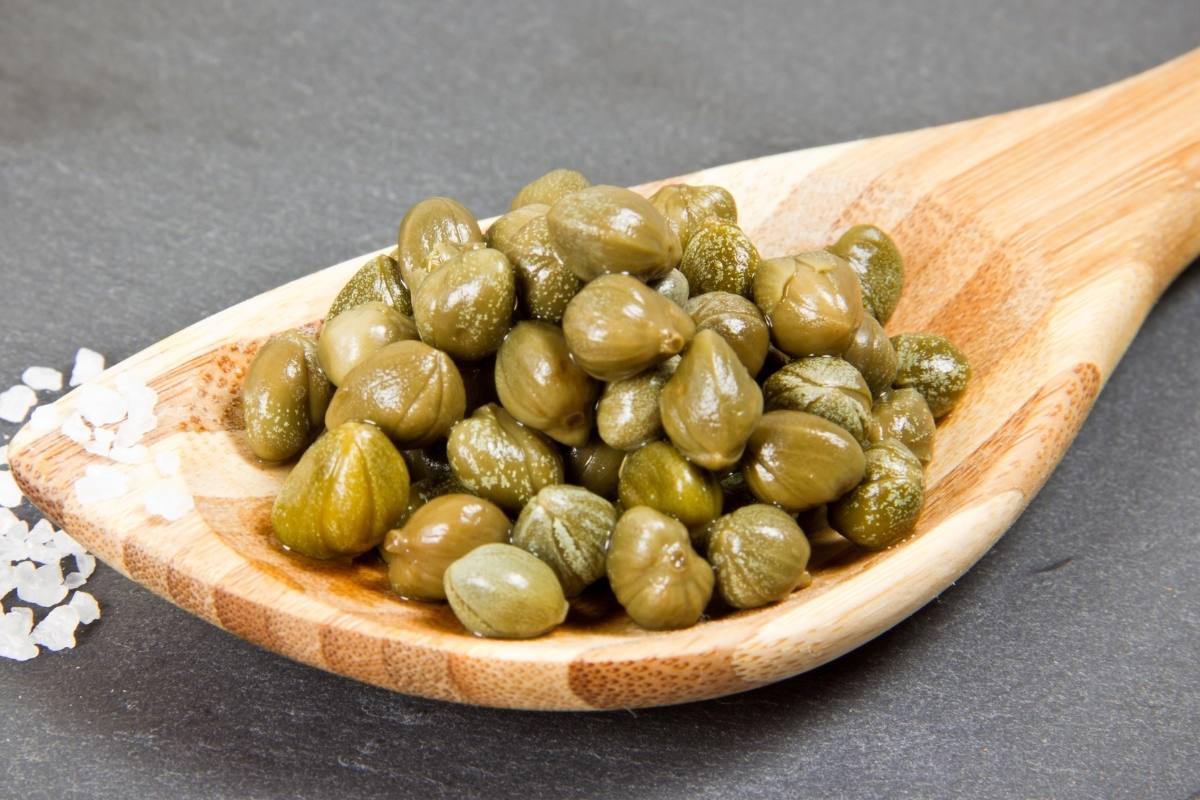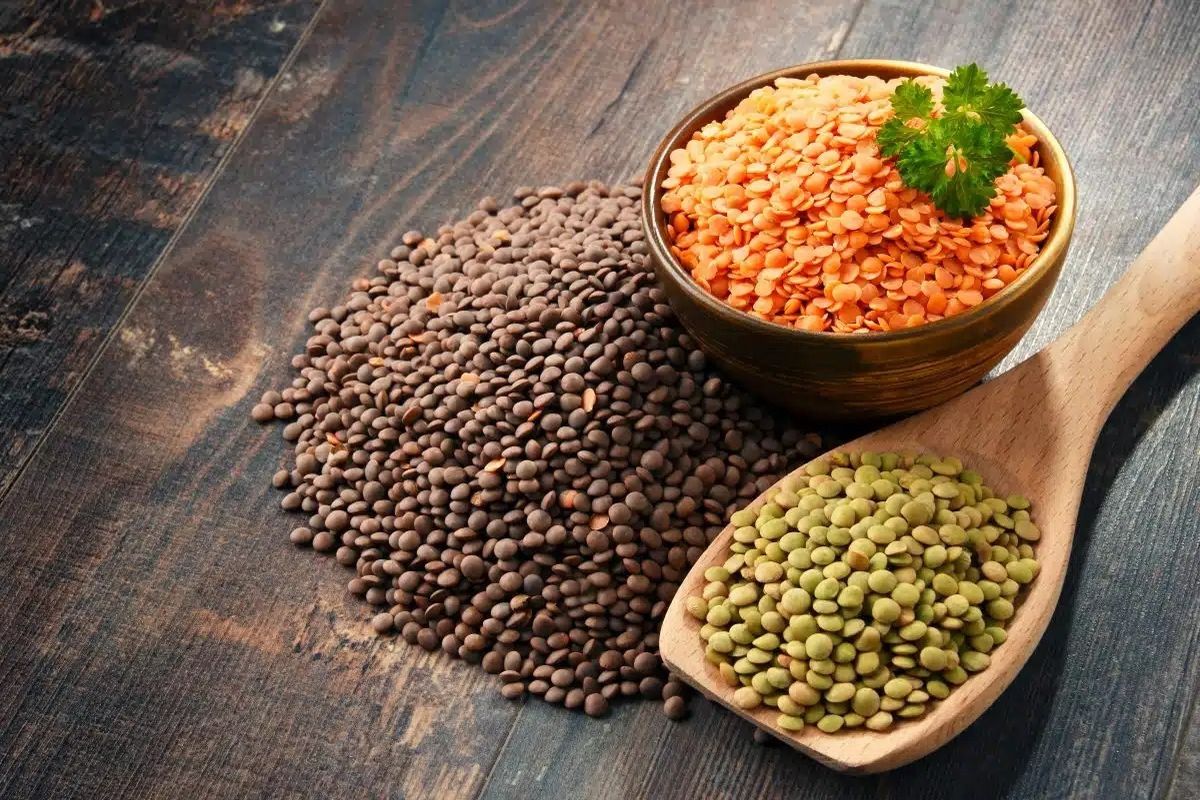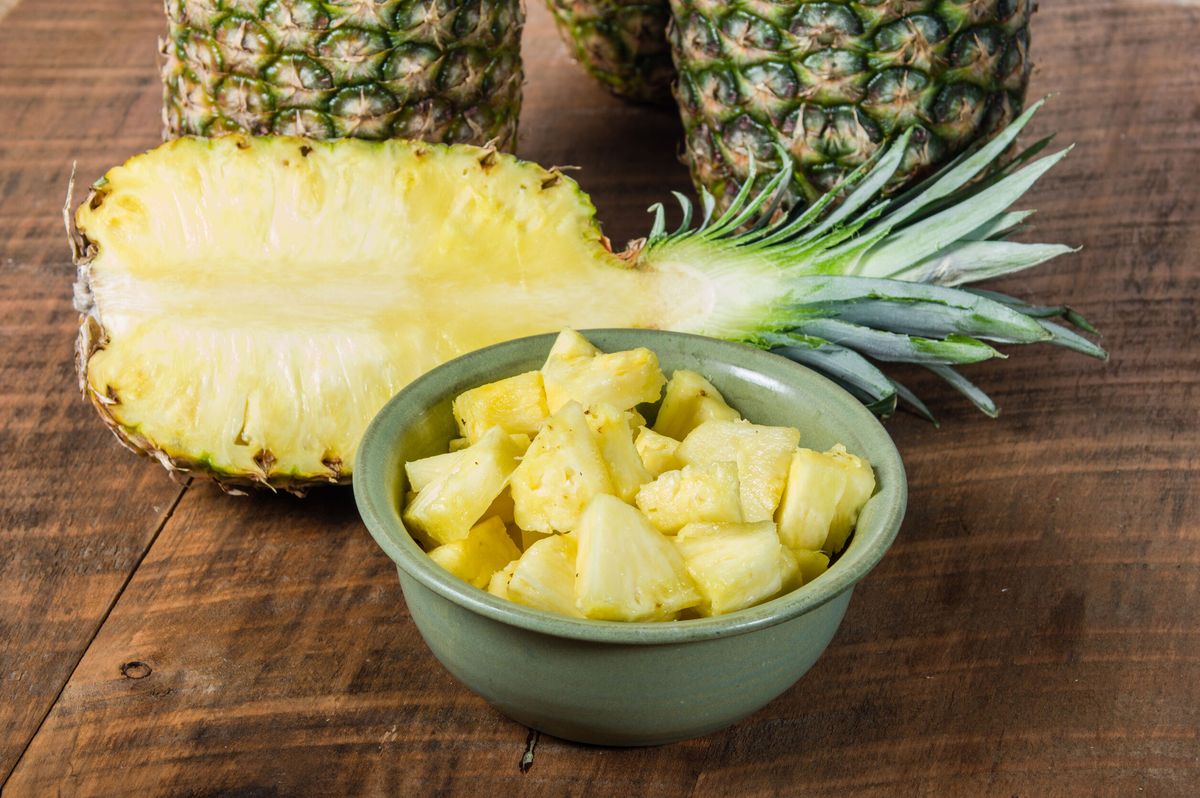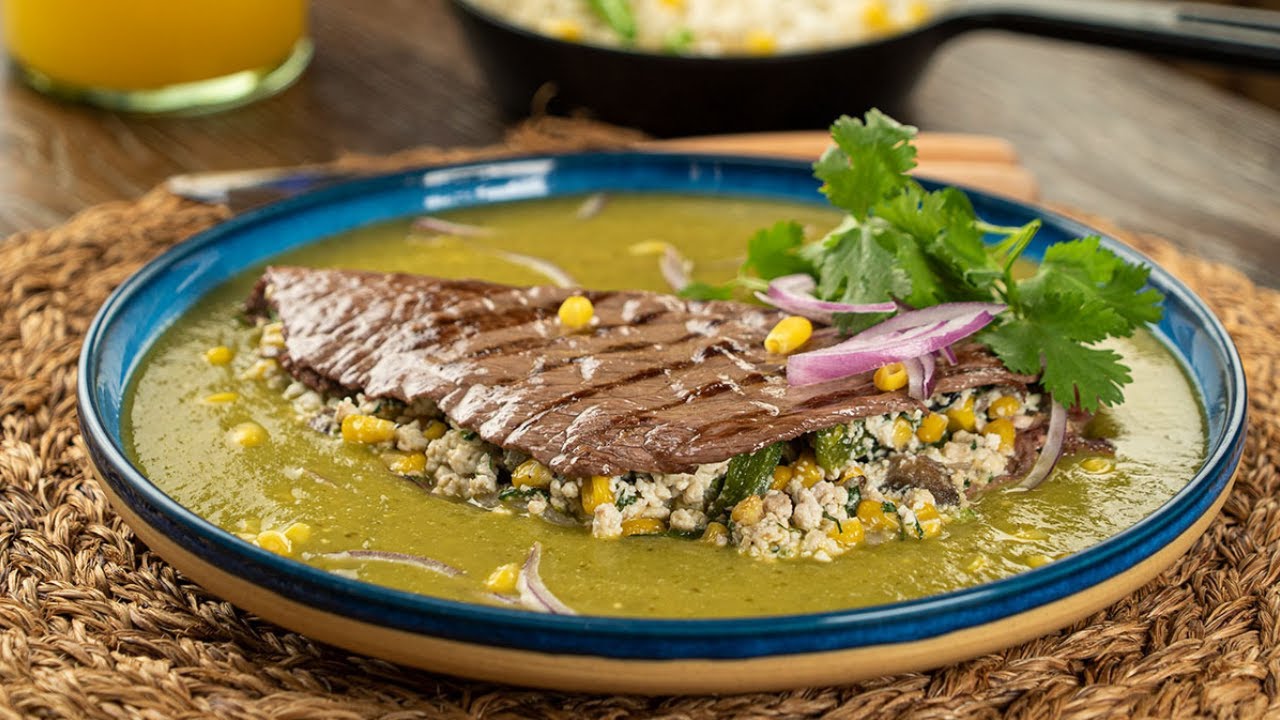When it comes to leafy greens, Savoy cabbage is a standout choice that often gets overlooked. This unique variety of cabbage is not only delicious but also packed with nutrients. In this article, we'll explore what Savoy cabbage is, its nutritional benefits, and how to incorporate it into your diet.
What Is Savoy Cabbage?
Savoy cabbage is a type of cabbage that is known for its crinkled and ruffled leaves. Unlike traditional green or red cabbage, Savoy cabbage has a more delicate texture and a slightly milder flavor. It is often used in a variety of culinary dishes, including soups, stews, stir-fries, and salads.
Nutritional Benefits of Savoy Cabbage
Despite its humble appearance, Savoy cabbage is a nutritional powerhouse. Here are some of the key nutrients found in this leafy green:
- Vitamins and Minerals: Savoy cabbage is rich in essential vitamins and minerals, including vitamin C, vitamin K, vitamin B6, folate, potassium, and manganese.
- Fiber: Like other cruciferous vegetables, Savoy cabbage is a good source of dietary fiber, which is important for digestive health and may help lower the risk of certain chronic diseases.
- Antioxidants: The unique phytonutrients found in Savoy cabbage, such as kaempferol and quercetin, have antioxidant properties that can help protect the body from oxidative stress and inflammation.
How to Use Savoy Cabbage in Cooking
Savoy cabbage is a versatile ingredient that can be used in a variety of dishes. Here are some creative ways to incorporate Savoy cabbage into your cooking:
- Stir-fries: Add thinly sliced Savoy cabbage to your favorite stir-fry recipe for a pop of color and texture.
- Soups and Stews: Savoy cabbage is a great addition to hearty soups and stews, adding both flavor and nutrients to the dish.
- Salads: Use raw, shredded Savoy cabbage as a base for a crunchy and nutritious salad.
- Stuffed Cabbage Rolls: The large, flexible leaves of Savoy cabbage are perfect for making stuffed cabbage rolls filled with savory ingredients.
Tips for Selecting and Storing Savoy Cabbage
When choosing Savoy cabbage at the grocery store or farmers' market, look for heads that are firm and heavy for their size. The leaves should be crisp and free of wilting or discoloration. Once you bring Savoy cabbage home, store it in the refrigerator in a plastic bag to help retain its freshness.
In Conclusion
Savoy cabbage is a delicious and nutritious vegetable that deserves a place in your kitchen. Whether you use it in soups, stir-fries, or salads, this versatile leafy green can add a burst of flavor and a dose of essential nutrients to your meals. Next time you're at the market, be sure to pick up a head of Savoy cabbage and get creative in the kitchen!
Was this page helpful?
Read Next: What Is Single Cream?











